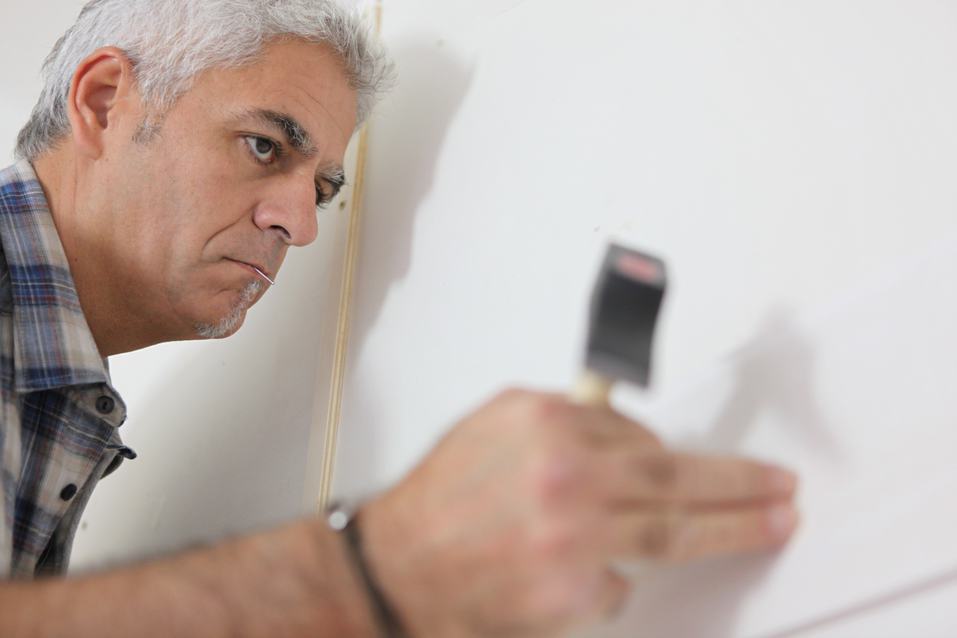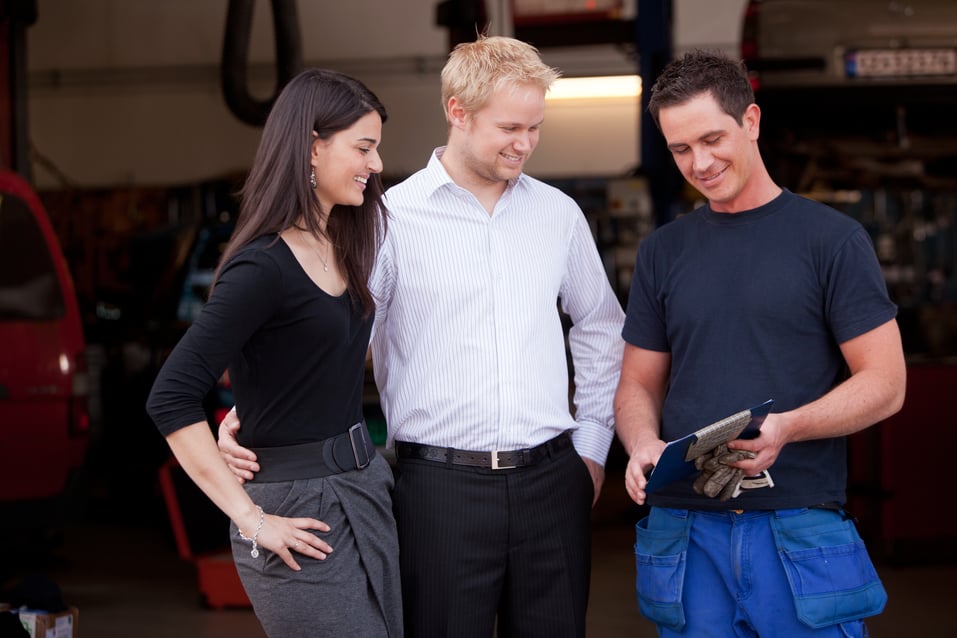19 September 2018 Concept Car
Thanks to technological innovations and progress in materials, modern cars can last a very long time. Unfortunately, this does not protect you against wear and tear or accidents. Car body repairs particularly are among the most frequent sources of problems. Sometimes, they merely involve a tiny scratch. At other times, they can amount to deep dents and extensive paint jobs. Regardless, you’re sure to run into one of these repairs sooner or later.
And when you do, it helps to be prepared.
If you’re in need of a car body repair of one sort or the other, this guide will help you find the best solution – from what to look for in a mechanic to which repairs to perform on your own.
Ready to take things into your own hands? Here’s how.
Car body repairs were long the most common reason to visit a car body shop. In fact, solidity and ruggedness were among the most important quality criteria for a car. For decades, Italian manufacturers were plagued by accusations that their cars were subject to rust, for example. This severely tarnished their image.
Today, as automobiles have become more electrical, most repairs are performed on the wiring and the digital components. Engine-related issues also rank high in the repair statistics.
In comparison, major improvements in steel, paint and glass have significantly brought the number of car body repairs down.
Despite these facts, we’ll make a daring claim:
As always, blame it on the Internet. Thanks to excellent websites and self help guides, more and more drivers feel confident enough to handle car body repairs themselves.
Investigating whether or not this is a good thing is part of the motivation behind this article. One thing’s for sure, though: Thanks to the boost in confidence and most importantly knowledge, mechanics can no longer sell customers repairs that are unnecessary, not good enough or even unprofessional. Charging massively overblown prices has also become rare.
It’s hard to argue with these benefits. However, we have to point out the following:

For one, you’ll need at least a bit of experience to really pull some of these car body repairs off. Even sanding a paint surface for optimum results is not as easy as it looks. Unless you have done this before, getting the pressure and angle just right and knowing what the result should look like are anything but trivial. And if you should fail, there’s every danger that you’ll end up making things worse.
Another danger is that the repair is simply too complex. Disassembling and re-assembling components, re-wiring electrical devices or working with delicate materials can all end in disaster. As The Humble Mechanic has rightly pointed out in one of his recent podcast episodes, even something as ordinary as exchanging a car radio can cause problems because of the complexity of the wiring involved.
Granted: If you take your car to a mechanic, they, too, can mess things up. But at least in that case, your warranty will protect you. This doesn’t apply when using your own two hands.
Although we strongly support the empowerment movement in car body repairs, there are a few repairs you should never perform yourself.
If you’ve ever seen a mechanic replace a windshield, you may have been surprised by how easy it looks. And indeed, when performed by an experienced expert, even replacing larger windshields can be a matter of a few minutes.
Don’t let this fool you, however. This task requires a delicate touch and exact knowledge of the right angles. These shields are extremely heavy, too. You wouldn’t be the first to literally see your own repair go up in shards.
As we’ll explain later in this article, paint jobs and dents are among the car body repairs that you can perform yourself. That, however, doesn’t mean that you can perform all of them yourself.
If you need to re-do larger areas of the paint surface if the scratch is very deep or if you have large dents in the body, we strongly suggest you get these repaired by an expert. Unless you’re a natural talent, the danger of dissatisfying results is just too big.
Alignment problems are very literally damages to the body of the car. They may not be visible to the naked eye. But if you experience your car being pulled to the left or right while driving, this is a sure sign of an alignment issue.
These repairs also require expertise and specialised equipment to be performed successfully. And since a failed repair puts you in danger of an accident, we strongly advise against even trying these for yourself.
On paper, rust and paint should be very similar to treat. In practise, rust tends to be a whole lot harder to beat. As Orlando Auto Body write in an informative blog entry, a simple scrub is not enough, because rust tends to be deep-seated.
Even if you do manage to remove all of the visible rust, it tends to come back. This is because there is usually a lot of ‘invisible’ rust, and only an expert with the necessary experience is able to spot it.
All of this would hardly amount to much, if rust weren’t such a major issue.
New cars experience far less rust issues than older models. If rust does rear its ugly head, however, you need to act swiftly and with precision. This is why this type of car body repair is better left to a professional.

Let’s say you have a repair that definitely needs to be performed by a trained technician. Whom should you turn to?
This is not a simple question by any means. Although the Internet has made it easier for dissatisfied customers to voice their opinion, not all online ratings are realistic or fair. They tend to over-represent honest negative opinions and frequently feature fake positive feedback. As a result, it is anything but easy to arrive at satisfying conclusions about what makes for a good place to get car body repairs done.
This is why car platform Edmunds even recommends paying attention to word of mouth and listening to recommendations from friends and family. These are actual reports by people you know and trust. Plus, you’ll be able to ask questions as well.
Asking ‘the right questions’ may well be the most important part of getting your car repaired. In an expansive article, website carwise provides for a long list of useful conversation starters:
Smaller paint jobs do require a bit of a good eye and secure hand. But you can definitely perform these yourself. What you’ll need:
Painting over a scratch isn’t rocket science. What it requires is mainly a steady hand and a lot of patience. Especially if the scratch is deep and you can already see the primer, you will need to apply several layers of paint over the course of a few days.
At the end of the process, use the fine sandpaper to get the area as smooth as possible – only then won’t you notice the work. Work carefully and without applying too much pressure. It may take forever, but it is usually worth it.
In terms of their impact on your car’s look, dents may be worse than scratches. They can make even an all but new vehicle look like a piece of junk you picked up from the scrapyard.
Thankfully, there are plenty of simple DIY car body repair tips to pop these dents out again. We’ve compiled some of the most creative solutions for you. For a full list, visit this website for even more suggestions:
19 September 2018 Concept Car